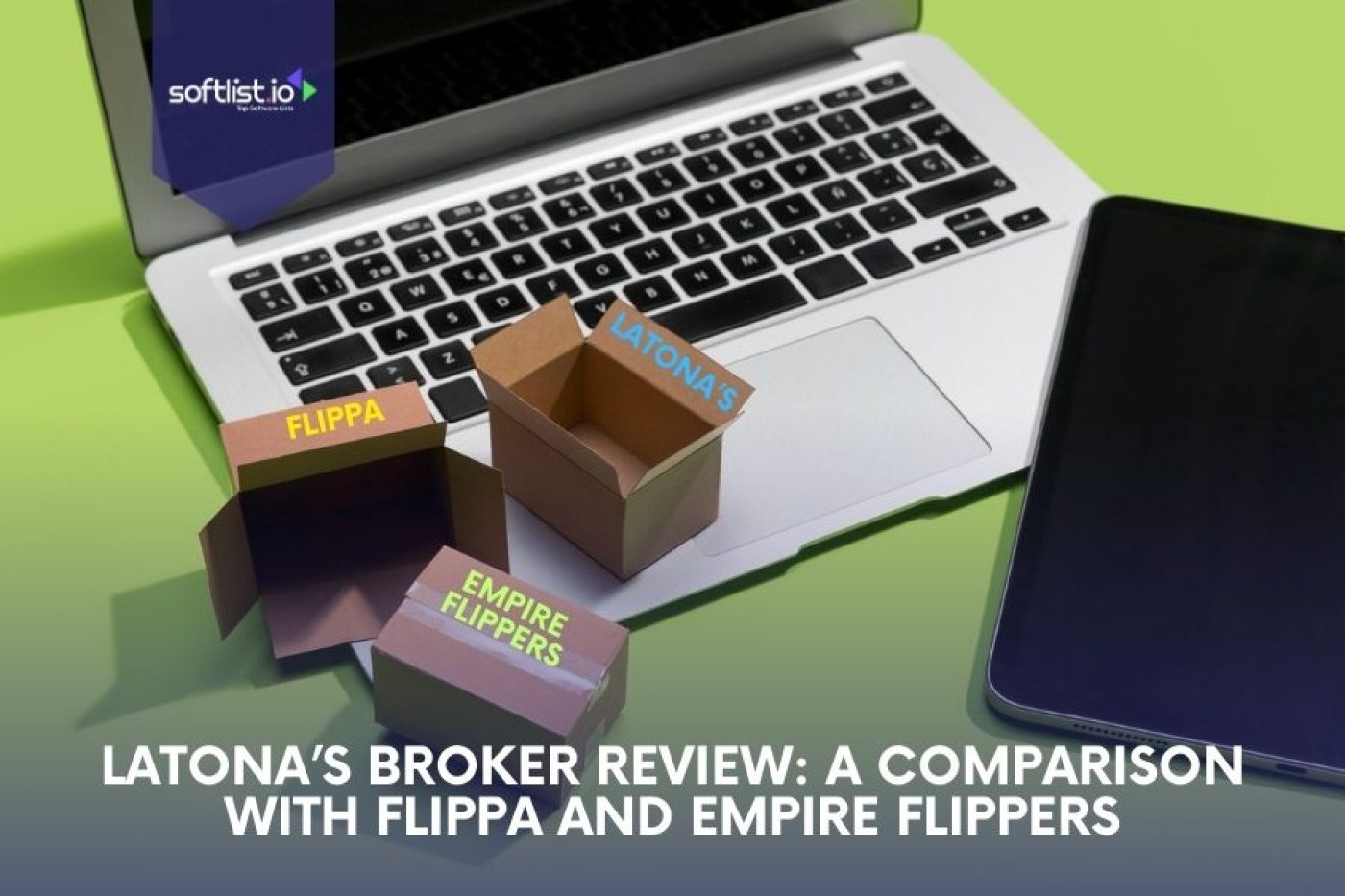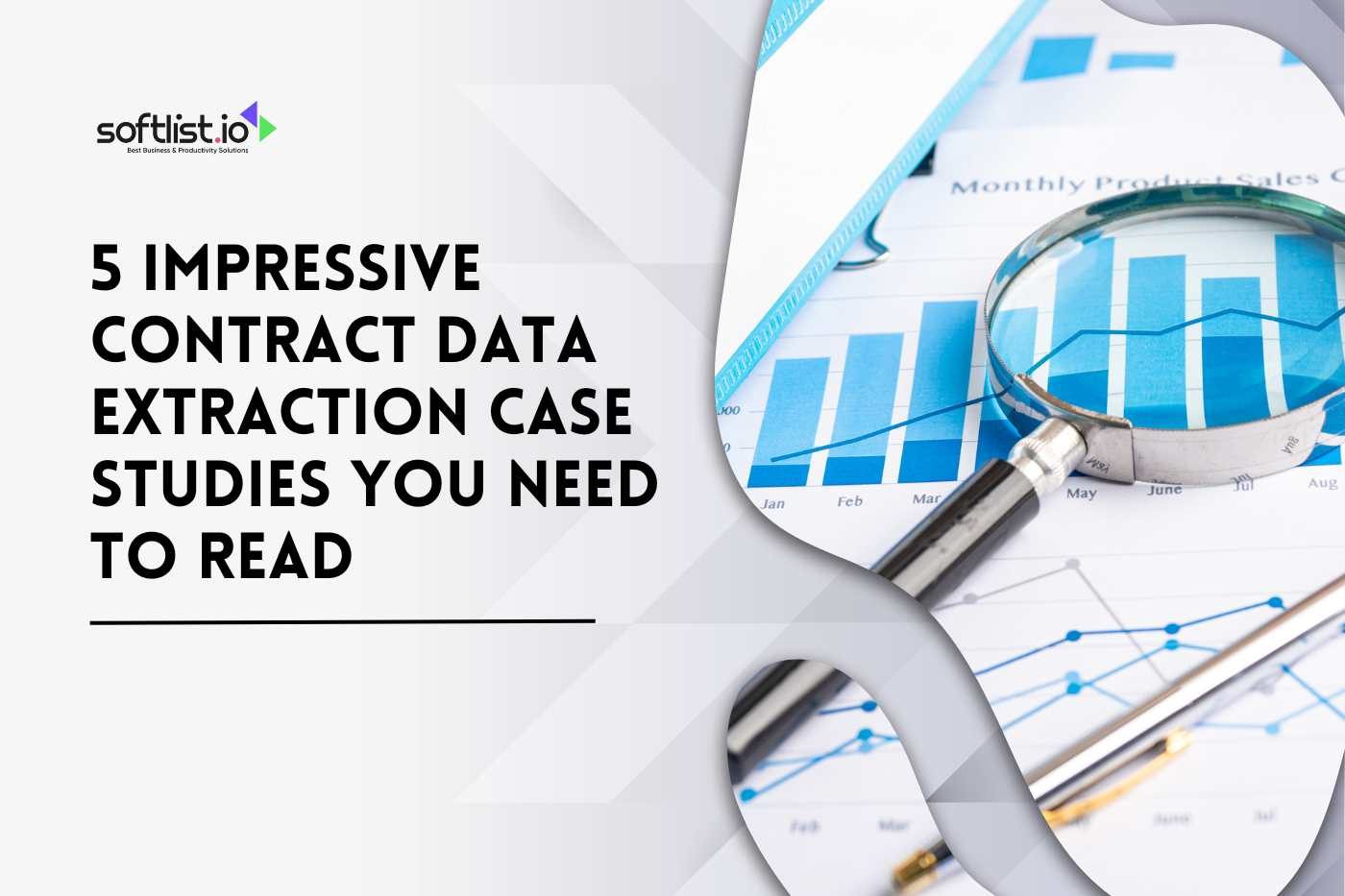Cybersecurity threats multiply daily, challenging organizations to keep pace. Two key technologies have emerged as vital defenses: SOAR and SIEM. These tools automate and manage security responses. They help firms navigate the complex digital threat landscape with greater efficiency. Both tools protect digital assets. They have different purposes and benefits. Security teams must understand these differences to improve their defenses.
SOAR and SIEM offer unique advantages for organizational security. Knowing each tool’s strengths helps companies invest wisely to improve their defenses. A thorough understanding of how each tool works can enhance an organization’s security.
This post will look at the major features and advantages of each solution. It gives a SIEM vs. SOAR: A Comprehensive Comparison for the organization to decide wisely.
Breaking Down SOAR and SIEM

Source: Freepik
Security Orchestration, Automation, and Response
SOAR platforms represent the next evolution in security automation. They combine orchestration, automation, and incident response capabilities into a single solution. Think of SOAR as your security team’s digital assistant. It handles repetitive tasks, coordinates different security tools, and streamlines incident response workflows. The key advantage? It lets your security team tackle complex challenges, not routine tasks.
Security Information and Event Management
SIEM systems collect and analyze data from servers, apps, and security devices. These tools spot potential threats by linking events from different sources. They are particularly good at identifying patterns that suggest a breach.
Achieving Synergy: The SOAR-SIEM Integration Framework
When SOAR and SIEM work together, they create a powerful security ecosystem. SIEM provides the data and initial alerts. SOAR then takes these alerts and automates the response process. This partnership enhances both tools’ effectiveness. It’s like a super-efficient security assembly line, where each part plays to its strengths.
Advantages of SOAR Systems
Strategic Benefits of SOAR Implementation
SOAR brings several game-changing benefits to security operations. It reduces manual workload through automation, leading to a more efficient process. Teams can create strategies for common incidents. These action plans ensure consistent response procedures every time. SOAR also provides better incident tracking and reporting capabilities. This helps teams learn from past incidents and improve their response strategies.
Accelerating Response: SOAR’s Impact on Incident Management
In security incidents, speed matters, and SOAR reduces response times considerably. It automatically triggers actions when someone meets certain conditions. No more waiting for human operators to notice and respond to alerts. This quick response can mean the difference between a small incident and a major breach.
Maximizing Security Efficiency Through SOAR Automation
SOAR’s automation capabilities go beyond simple tasks. It can coordinate complex response workflows across different security tools. This reduces human error and ensures consistency. Teams can focus on strategic decisions while SOAR handles routine operations. The result? More efficient security operations with fewer resources.
Leveraging SOAR for Advanced Threat Intelligence Operations
SOAR platforms excel at integrating threat intelligence. They can update security tools with new threat information without human intervention. This keeps your defenses current against emerging threats. SOAR can also correlate threat data from multiple sources. This provides better context for security decisions.
Advantages of SIEM Platforms
Core Capabilities and Strategic Value of SIEM Platforms
SIEM systems are good at collecting and analyzing data. They provide a wide view of your security landscape. This kind of visibility is extremely important for threat detection and compliance. SIEM tools can process vast amounts of data in real time. This helps in the identification of security incidents as they occur.
Enterprise-Wide Security Visibility
SIEM provides unrivaled visibility across your entire organization. It collects logs from every corner of your network. This comprehensive view helps spot unusual patterns or potential threats. Security teams can see the big picture. They understand how different events might be related.
Threat Detection and Monitoring Capabilities
Real-time monitoring is a key SIEM strength. It constantly analyzes incoming data for signs of threats. When something suspicious occurs, the SIEM raises alerts immediately. This early warning system is crucial for preventing security breaches. It gives teams time to respond before situations become critical.
Streamlining Compliance Management
SIEM tools are invaluable for compliance requirements. They automatically collect and store required audit logs. This makes compliance reporting much easier. SIEM can also alert you when activities violate compliance rules. This proactive approach helps maintain continuous compliance.
How AI and ML Enhance SOAR and SIEM Systems
Cybersecurity’s landscape transforms as machine learning and artificial intelligence take center stage. These technologies enhance SOAR and SIEM platforms. Their automated intelligence surpasses human abilities. Because digital threats are always changing, AI’s role has become crucial. Today, AI-driven solutions are at the heart of building strong, effective cyber defenses.
AI and ML Technologies in SIEM Systems
AI and ML boost SIEM systems by improving event matching and anomaly detection. AI quickly analyzes large data sets to spot patterns indicating breaches. Meanwhile, ML learns from past incidents. It gets better at finding new, unknown threats. This process helps SIEMs detect new attacks and cut false alarms. It eases the burden on security teams.
AI and Machine Learning in SOAR Platforms
In SOAR platforms, AI and ML enhance incident response. AI prioritizes alerts by severity, allowing teams to focus on major issues. Meanwhile, ML learns from past incidents. It updates playbooks, improving responses to similar threats. The system becomes smarter over time, ensuring quicker and more effective responses.
Proactive Threat Management with AI and ML
Artificial Intelligence and machine learning in SOAR and SIEM platforms boost proactive threat management. They enable predictive analytics, so that organizations can foresee and curtail risks. This change from reactive to proactive security is very significant. It’s due to today’s fast-changing threat environment.
Integrating AI and machine learning into SOAR and SIEM solutions enhances efficiency. It also helps security teams tackle advanced cyber threats. These technologies help organizations protect their assets and respond to new risks.
SOAR vs. SIEM: A Comparative Analysis

Source: Freepik
Key Architectural and Functional Differentiators
SOAR and SIEM serve different primary purposes. SIEM focuses on collecting and analyzing security data. SOAR concentrates on automating responses and workflows. Understanding these differences enables organizations to utilize each tool to its full potential. They complement each other rather than compete.
Optimal Use Cases for SOAR Implementation
SOAR shines in environments with well-defined security processes. It’s perfect for organizations dealing with high alert volumes. Teams struggling with manual tasks benefit most from SOAR. It’s also valuable when quick response times are crucial.
Scenarios Where SIEM Provides Maximum Value
SIEM is essential for organizations needing comprehensive security visibility. It’s crucial for compliance-heavy industries. SIEM works best when deep analysis of security events is required. It’s also valuable for organizations with complex network environments.
Building a Unified Security Stack: SOAR and SIEM Integration
The most effective approach often combines both technologies. SIEM provides the data and initial analysis. SOAR then automates the response to SIEM alerts. This integration creates a more robust security posture. It combines the strengths of both tools while minimizing their limitations.
The future of cybersecurity combines SOAR and SIEM technologies. Each tool has its benefits, but they are stronger together. Organizations should weigh their security needs and resources when using these tools. A balanced strategy that uses both tools’ strengths is key. As threats evolve, a flexible, comprehensive approach is crucial. Whether using SOAR, SIEM, or both, the goal is the same: to build a stronger, more responsive security system.
Conclusion
The cybersecurity landscape needs smart, flexible solutions. SOAR and SIEM are key technologies in the fight against digital threats. Each has its strengths, but they work best together. Organizations should adopt technologies for real-time threat detection. They should enable automatic responses and full visibility.
Choosing the right tools is the start. A complete security strategy is crucial. This involves ongoing learning, hiring skilled staff, and being ready to change. As threats evolve, defenses must too. SOAR and SIEM aren’t only tools; they are strategic assets. They help businesses better understand, respond to, and prevent cybersecurity risks. The future is for those who are ready.
FAQs
What are SIEM and SOAR, and how do they differ?
SIEM (Security Information and Event Management) detects threats by analyzing security data. SOAR (Security Orchestration, Automation, and Response) automates incident responses and workflow processes. SIEM identifies threats, while SOAR manages and automates responses for efficiency.
Why use SOAR if a company already has SIEM?
SIEM detects threats but lacks automation for response. SOAR reduces response time, filters false positives, and streamlines repetitive tasks, giving teams time to focus on critical issues. They’re complementary tools for robust cybersecurity.
Who benefits from SIEM and SOAR tools?
Security teams, MSSPs, and industries like finance, healthcare, retail, or government rely on these tools to handle sensitive data and cyber threats. SOAR and SIEM enhance security operations through coordination, quick responses, and reduced manual effort.






